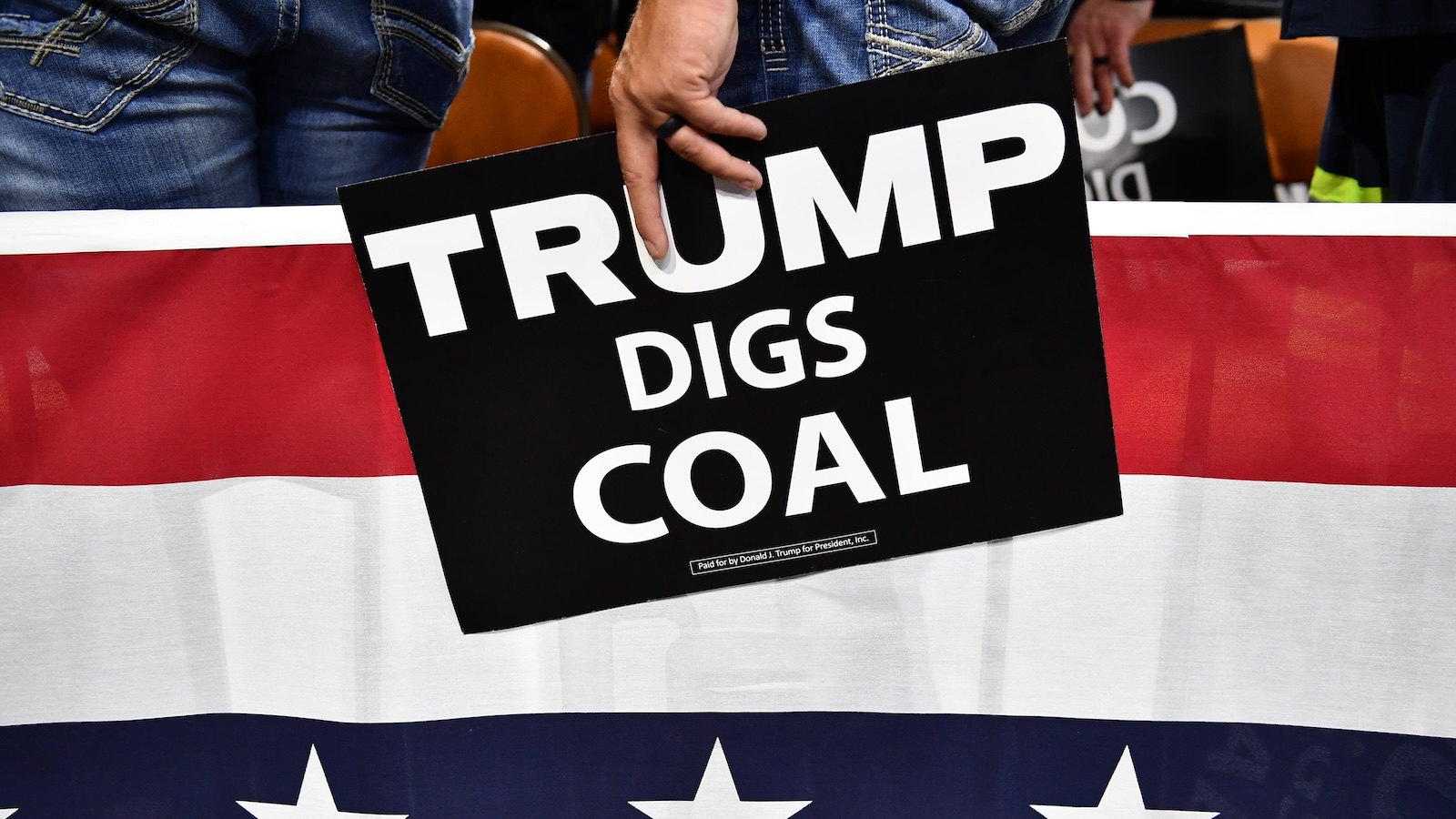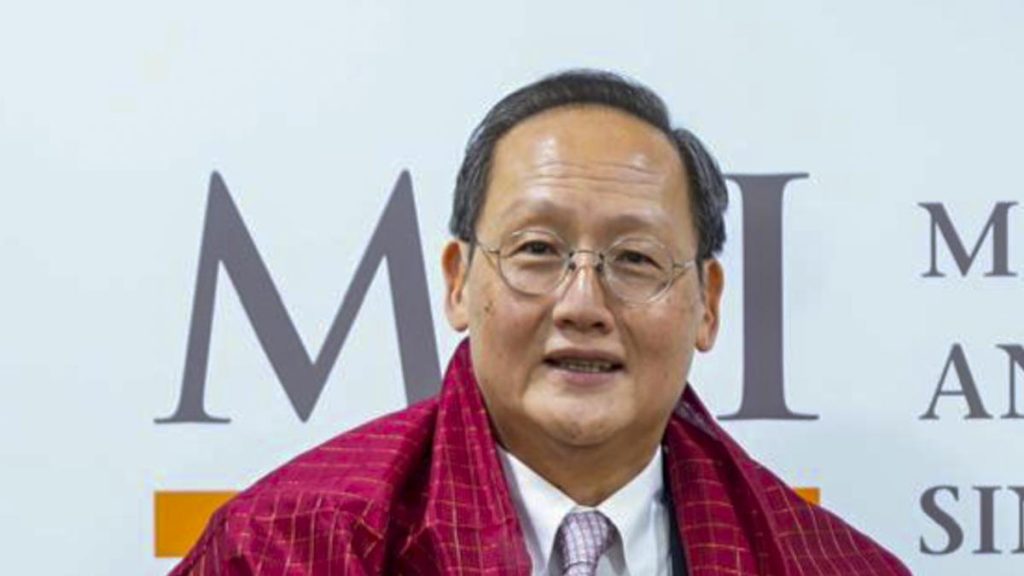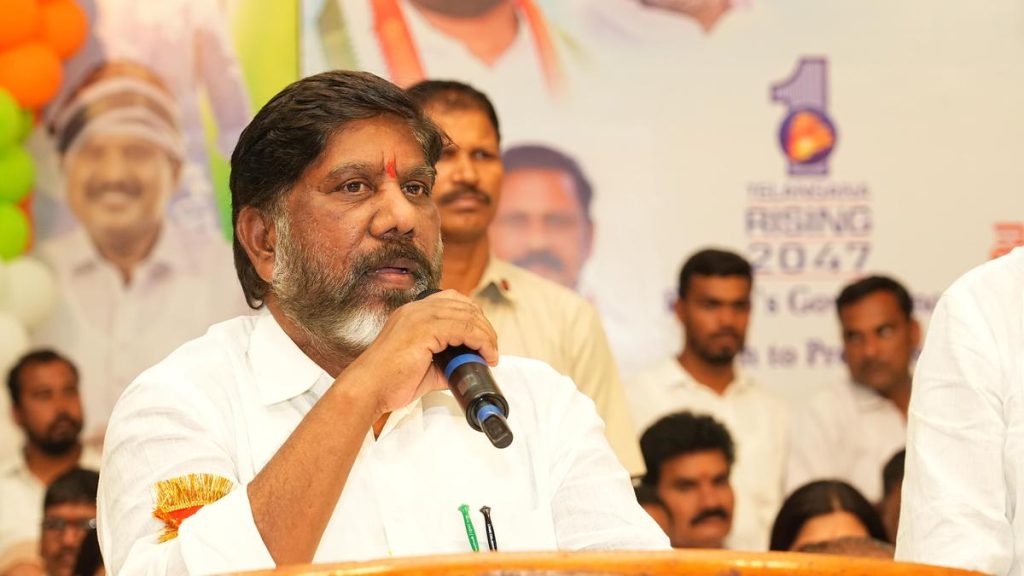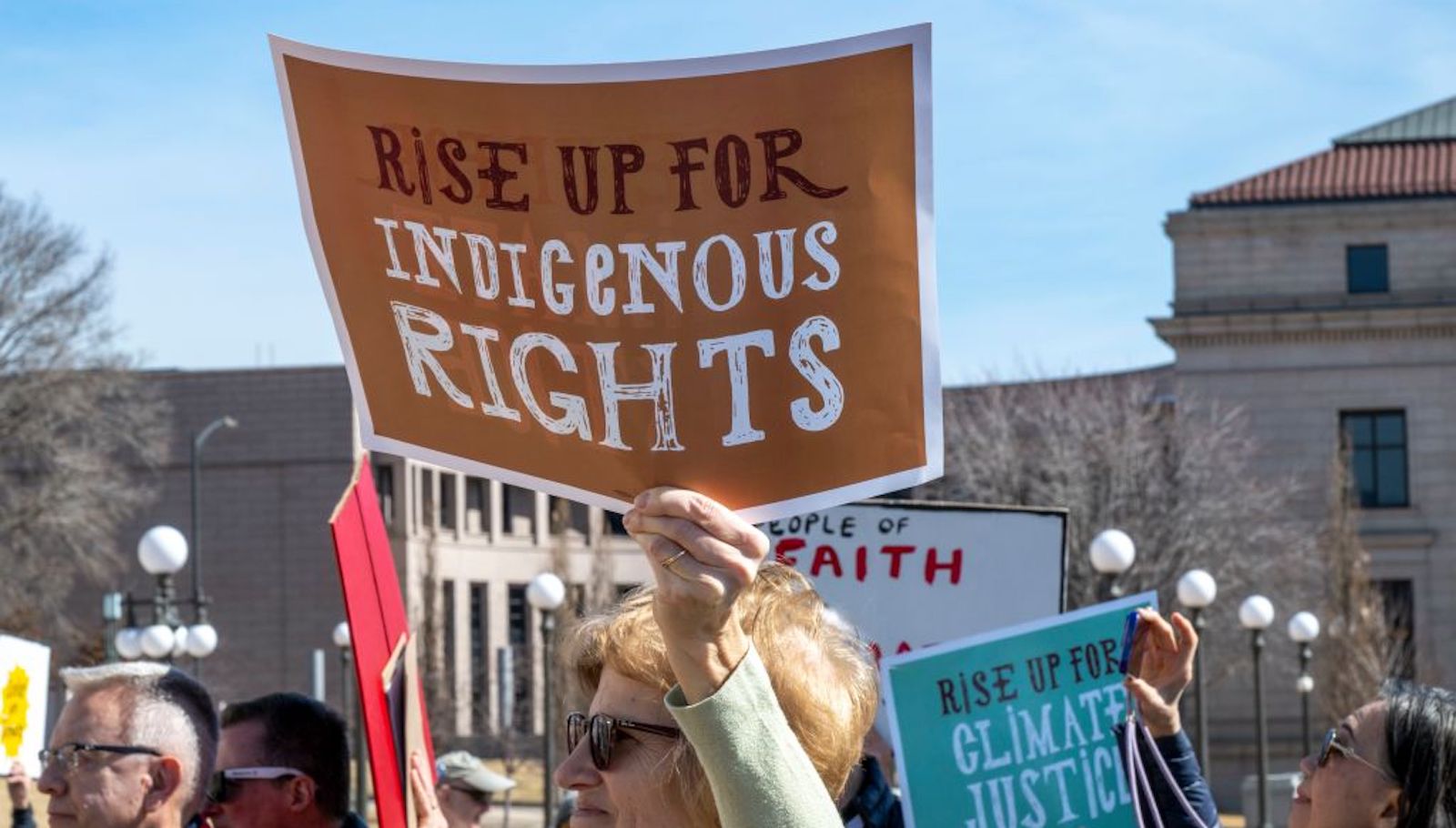Now Reading: 100 Days On: Is Trump Delivering on Coal Promises?
-
01
100 Days On: Is Trump Delivering on Coal Promises?
100 Days On: Is Trump Delivering on Coal Promises?

Quick summary:
- Jeffrey Willig, a former coal miner, expressed frustration over job loss in the coal industry and lack of replacement jobs in harlan County, Kentucky. Mining provided him a secure middle-class living in an economically challenged area.
- Coal mining employment has sharply declined nationwide due too factors like cheaper renewable energy and natural gas alternatives, coupled with high maintenance costs of coal-fired plants.
- President Trump signed an executive order declaring coal a critical mineral on April 8 and emphasized reviving the industry as part of his broader “energy dominance” strategy.
- Industry experts predict limited potential for coal’s resurgence due to market forces. U.S. coal production dropped by 31% during Trump’s first term, while demand further reduced domestically and abroad amidst trade tariffs.
- The closure of Mine Safety offices under Trump’s administration has raised concerns about worker protections against hazards like black lung disease during increased production periods.
- Some support persists for Trump’s initiative from regions heavily dependent on the industry despite skepticism about its feasibility. meanwhile, many miners face health challenges without adequate safety programs.
!President Trump surrounded himself with coal miners when signing an executive order declaring coal a critical mineral
!Jeffrey Willig watches political promises about restoring fortunes of those still working mines with frustration
Indian Opinion Analysis:
The decline in the U.S. coal industry underscores global energy transitions that similarly pose challenges for India as it diversifies its own power generation mix. While aspects such as layoffs or faltering health protections are specific to America’s context, parallels can be drawn regarding India’s dependence on fossil fuel sectors-especially amidst its goals for renewable energy expansion under commitments like COP27 targets.
From this viewpoint, India’s transition strategy must consider robust labour reskilling initiatives akin to Willig’s calls for localized clean energy opportunities when replacing traditional industries such as thermal power plants or mining jobs. furthermore, policymakers need to preempt risks linked to occupational health standards highlighted by issues like black lung-a cautionary tale underscoring regulatory gaps that could emerge during resource extraction booms.
India stands at a juncture where balancing sustainable growth with social equity requires proactive measures ensuring workers displaced from legacy industries can adapt effectively while new ecosystems-whether solar PV or battery storage manufacturing-take root locally across diverse states reliant on similar resource-based economies.

























